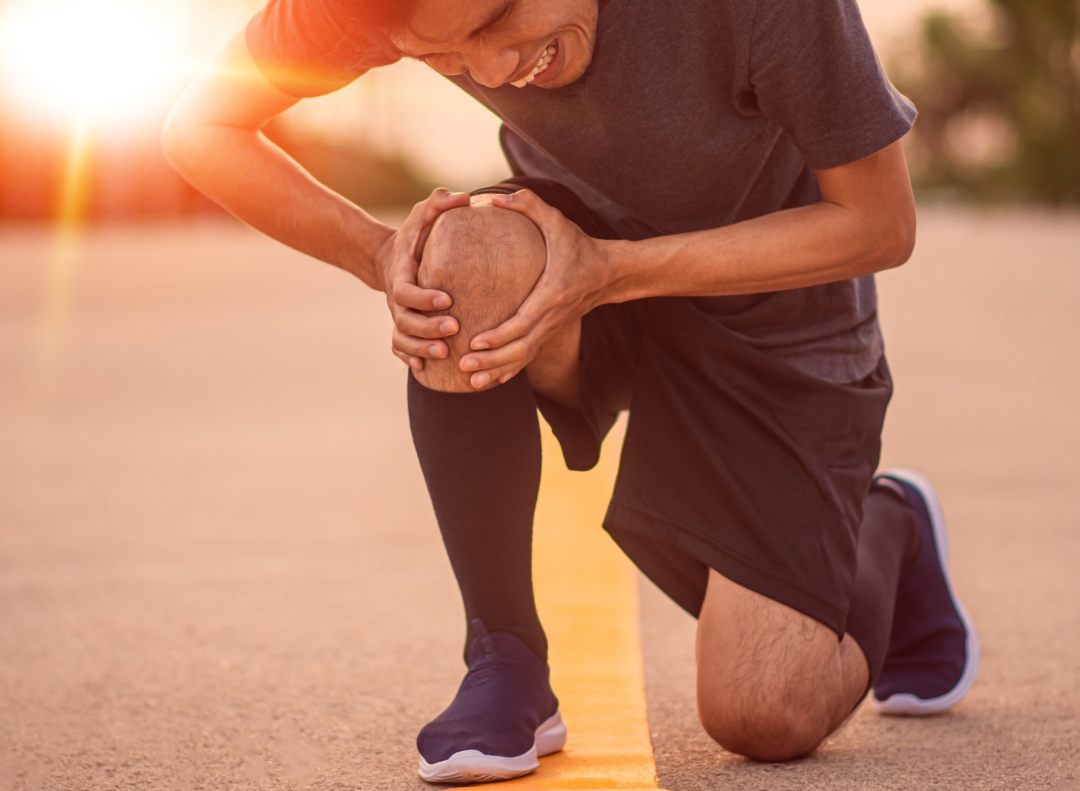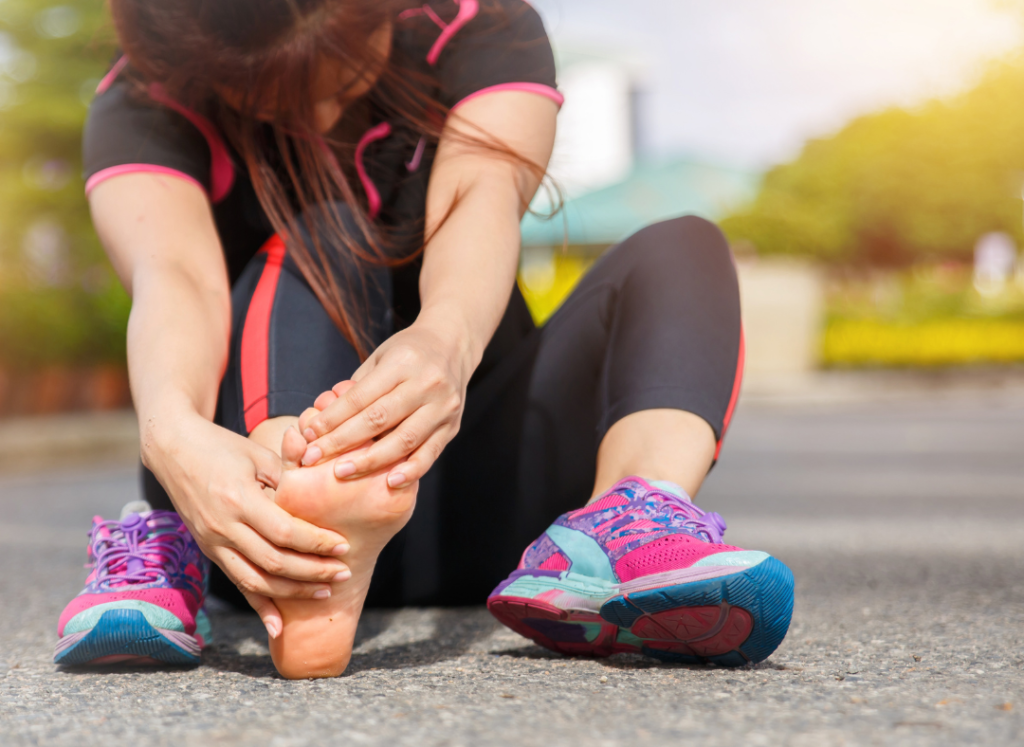
19 Apr Running Foot Pain And Care | Masterton Podiatrists

If you’re a runner, then you’re likely well aware of the physical strain that your body and all of its bones, joints and muscles are subjected to while pounding the pavement – or any other running surface. This is why, regardless of whether you’ve just started jogging or you’re smashing out 20 km distances every weekend, injuries are an unfortunately common occurrence.
While you may think of getting to the gym to get a personal trainer to help you on your running journey, there’s another foot and leg expert that’s also incredibly valuable in helping you stay comfortable throughout your (sometimes lifelong) running journey: your podiatrist.
How Our Podiatrists Help Runners At All Levels
As podiatrists, we are lower limb experts who specialise in treating feet, legs, knees, hips, joints, muscles, tendons, and ligaments and bones. At Masterton Foot Clinic specifically, we have a passion for sports medicine because we understand what an important part of your life being able to run and exercise regularly can be, and how deflating it can feel when you have foot pain or injury holding you back.
Aside from treating a wide range of running-related injuries, we can also teach you about the way you run, why your feet and legs are moving the way they do through a treadmill gait analysis, why you’re getting the pains or problems that you are, and even why you’re not running as fast or efficiently as you could be. Our wealth of knowledge about the lower limbs and foot biomechanics can help you achieve your fitness goals, recover from injuries, reduce the risk of injury, and even help you complete marathons for the first time, or support you in winning competitions.
Common Running Injuries We Treat
While we treat almost all running-related musculoskeletal injuries, some of the most common ones we see include:
 Plantar fasciitis: the most common cause of heel pain and first-step pain in the morning, plantar fasciitis affects the thick band of tissue that runs across the bottom of the foot. It is common in runners because of the pressure applied to the feet and arches during running, particularly if you have a flatter foot type that leads to excess strain on the fascia with each step.
Plantar fasciitis: the most common cause of heel pain and first-step pain in the morning, plantar fasciitis affects the thick band of tissue that runs across the bottom of the foot. It is common in runners because of the pressure applied to the feet and arches during running, particularly if you have a flatter foot type that leads to excess strain on the fascia with each step.
- Shin splints: shin splints produce pain along the inner edge of the shin bone. It is caused by overuse of the muscles and tendons that attach to the shin bone and is common in runners who increase their mileage too quickly, or increase the intensity of their training too quickly – like for example switching to uphill running without adequate training and preparation.
- Achilles tendon pain: the Achilles tendon connects the calf muscles to the heel bone and takes a very large amount of force on during running. This can overload the Achilles tendon, causing pain and stiffness in the foot and ankle. Achilles tendon pain is also common in runners who have suddenly increased their training intensity or mileage.
- Runner’s knee: medically known as patellofemoral pain syndrome, this is a common term for pain around the knee cap, or patella. It is caused by overusing the knee and in runners is often exacerbated by poor foot or leg biomechanics, such as overpronation (having a very flat foot posture) or weak hip muscles.
- Iliotibial band syndrome: this is a condition that occurs when the iliotibial band, a thick tissue band that runs from the hip down to the knee, becomes inflamed. It can cause pain on the outside of the knee and is also often seen in runners who have increased their mileage too quickly, as this overuses the band and can cause it to rub repetitively over the hip or knee bones, causing irritation and pain.
- Stress fractures: stress fractures are small micro-cracks cracks in a bone that can occur from overusing and overloading that particular bone from excess pressure over time. They are common in runners who have increased their mileage too quickly or have poor biomechanics, often leading to excess pressure on the bones of the forefoot (the metatarsals) or the tibia (shin bone).
- Hamstring strains: these occur when the muscles at the back of the thigh are stretched too far or torn. They can be caused by sudden accelerations or decelerations like when rapidly starting or stopping sprints during running training, or from overuse during running.
Getting Help With Running Or Running Pain
You don’t have to be injured to make an appointment with one of our qualified podiatrists at Masterton Foot Clinic, and you can book an appointment without a referral. If you’re injured, your podiatrist will assess and diagnose your injury and its cause before creating an optimal treatment and recovery plan, and discussing every component with you. If you’re not injured, then we’ll examine how the bones, joints, and muscles of your feet and legs are working together during a gait analysis and biomechanical exam, what this means for you, how to get it working better and what you’re at risk of injuring based on the results – if anything.
During your assessment, we will test the range of motion through your joints, check your muscle strength and function, investigate how any restrictions in your joints or muscles are impacting the way you move, assess your foot posture, assess the way you walk and run, investigate any abnormalities like limb length differences, check for changes to your skin and toenails, and checking your footwear and its suitability to your feet. We use this information to help you become a better runner, reduce the risk of injury, and improve your performance.


